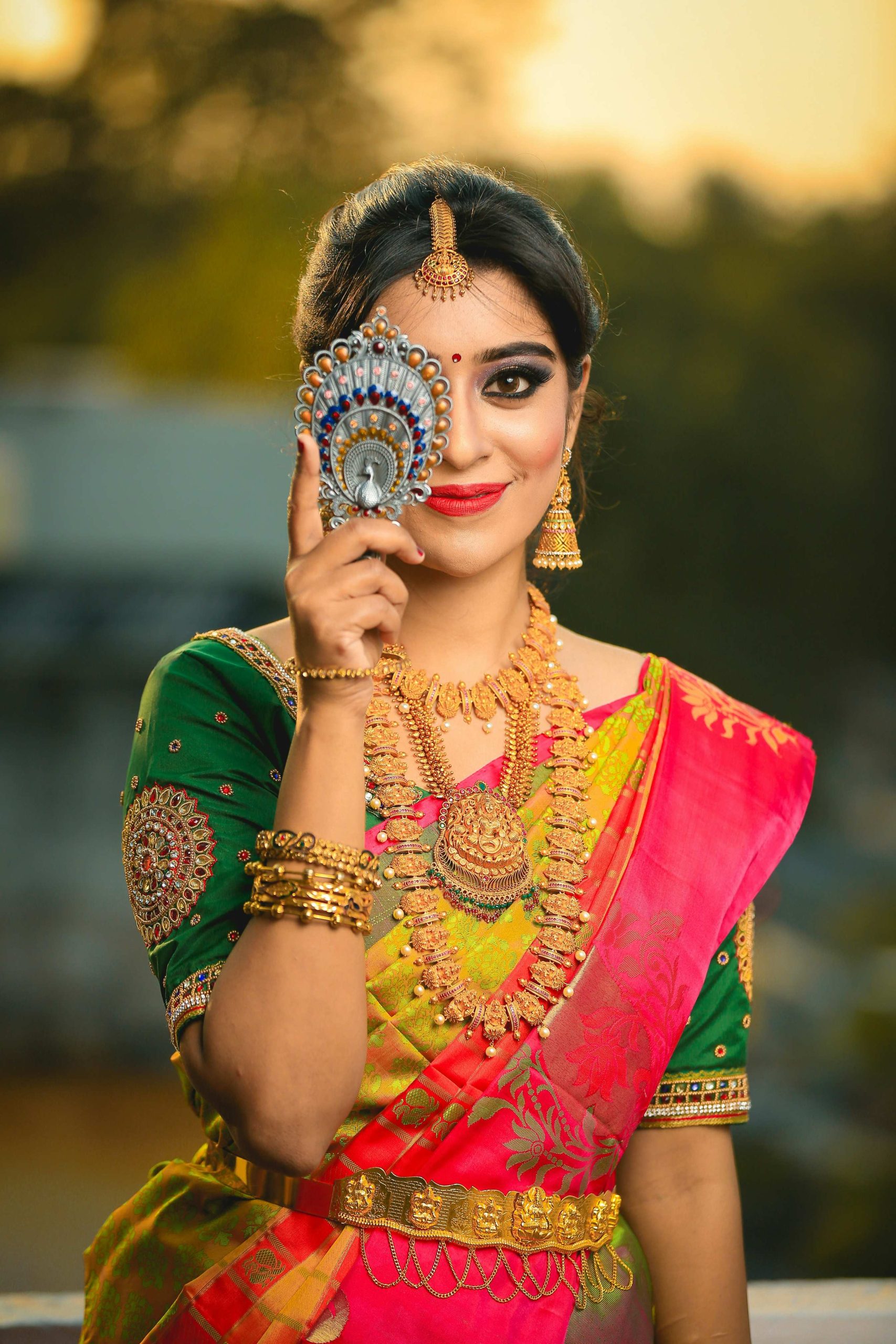Step into the vibrant world of Indian cultural dresses as we take a journey through history. From the majestic saree to the intricately embroidered lehenga, Indian attire has a rich heritage that spans centuries.
India, a land defined by its diversity, boasts a fascinating array of dress styles, each unique to its region and culture. This article delves into the origins, influences, and evolution of these iconic garments, shedding light on the stories behind their creation.
Ancient Indian Clothing Traditions
In ancient times, Indian clothing reflected the cultural and social fabric of different regions. The clothing styles were influenced by climate, occupation, and customs. The earliest evidence of Indian clothing can be traced back to the Indus Valley Civilization, where depictions of men and women wearing draped garments have been found. These garments were made from cotton and silk, showcasing the early mastery of textiles.
As trade routes expanded, Indian clothing began to incorporate influences from neighboring civilizations. The arrival of the Mughals brought Persian and Central Asian influences, leading to the popularity of intricate embroidery and luxury dresses. The ancient clothing traditions laid the foundation for the diverse styles that exist today.
Influence of Religion and Regional Culture on Indian Clothing
Religion plays a significant role in shaping Indian clothing. Each religion has its own set of clothing norms and traditions. For example, Hindu women often wear sarees or lehengas, while Muslim women prefer salwar kameez or abayas. The dhoti, worn by Hindu men, is also a religious garment.
Regional culture also has a profound impact on Indian clothing. Each state in India has its unique style, influenced by climate, geography, and local customs. For instance, the vibrant and embellished bandhani and leheriya garments are popular in Rajasthan, while the intricate kantha embroidery is prominent in West Bengal.
Evolution of Indian Saree and Its Significance
Indian saree is one of the most iconic Indian garments, worn by women across the country. Its origin can be traced back to the Indus Valley Civilization, where it was a simple draped garment. Over time, the saree evolved, with different regions developing their own distinctive styles and draping techniques.
The saree holds immense cultural and social significance. It is not just a piece of clothing but also a symbol of femininity, grace, and tradition. The way a woman drapes her saree can indicate her marital status or the region she belongs to. The saree has also been a canvas for intricate craftsmanship, with beautiful embroidery, zari work, and hand-painted designs adorning its fabric.
Traditional Indian Clothing for Men – Dhoti, Kurta, and Sherwani
While women’s clothing often takes center stage in discussions about Indian attire, men’s clothing is equally diverse and fascinating. The dhoti, a long piece of cloth wrapped around the waist and legs, is a traditional garment worn by men in India instead of casual denim jeans and t shirts as it is a symbol of simplicity and elegance.
The kurta, a loose-fitting shirt, is another staple of men’s traditional clothing. It can be paired with dhotis, pajamas, or even jeans for a fusion look. The sherwani, a long coat-like garment, is reserved for special occasions like weddings and festivals. It exudes regality and grandeur, often adorned with intricate embroidery and embellishments.
Traditional Indian Clothing for Women – Salwar Kameez, Lehenga, and Ghagra Choli
Indian women have a wide variety of traditional clothing options to choose from. The salwar kameez, consisting of a long tunic (kameez), loose pants (salwar), and a dupatta (scarf), is a popular choice. It is comfortable yet stylish, suitable for both everyday wear and special occasions.
The lehenga and ghagra choli are traditional bridal ensembles that exude opulence and grace. The lehenga is a long skirt paired with a blouse and a dupatta, while the ghagra choli consists of a flared skirt, a fitted blouse, and a dupatta. These garments are often heavily embellished with intricate embroidery, mirror work, and sequins, making them a visual delight.
Impact of Colonization on Indian Clothing
The arrival of European colonizers in India had a significant impact on Indian clothing. The British influence brought about changes in both men’s and women’s attire. Western-style clothing, such as shirts, trousers, and dresses, started gaining popularity among the urban elite.
However, traditional Indian clothing continued to be worn by the masses, serving as a symbol of cultural identity and resistance against colonization. The blend of Western and Indian styles gave rise to fusion fashion, where traditional garments were paired with Western elements, creating a unique and contemporary look.
Modern Trends and Fusion in Indian Cultural Dresses
In recent years, Indian cultural dresses have undergone a transformation, adapting to the changing fashion landscape. Designers are experimenting with new silhouettes, fabrics, and colors, while still drawing inspiration from traditional motifs and techniques.
Fusion fashion has gained immense popularity, with a mix of Western and Indian elements creating a fresh and trendy look. Indo-Western outfits, such as gowns with Indian embroidery, sarees with contemporary prints, and fusion saree gowns, have become a favorite among fashion enthusiasts.
Famous Indian Designers and Their Contribution to Indian Fashion
The world of Indian fashion is not complete without mentioning the renowned designers who have put Indian cultural dresses on the global map. Designers like Sabyasachi Mukherjee, Manish Malhotra, and Ritu Kumar have played a pivotal role in showcasing Indian craftsmanship and reviving traditional techniques.
Their creations have graced international runways, red carpets, and celebrity weddings, bringing Indian cultural dresses into the spotlight. These designers have seamlessly blended tradition with modernity, creating timeless pieces that celebrate the rich heritage of Indian fashion.
Conclusion: Preserving and Celebrating Indian Cultural Dresses
Indian cultural dresses are not just garments; they are a reflection of India’s diverse history, traditions, and craftsmanship. As the world becomes more connected, it is essential to preserve and celebrate these iconic garments. They serve as a bridge between the past and the present, connecting generations and keeping our cultural heritage alive.
By understanding the history, influences, and significance of Indian cultural dresses, we can gain a deeper appreciation for their beauty and craftsmanship. Whether it’s the elegant saree, the regal sherwani, or the vibrant lehenga, each garment tells a story and carries with it the essence of Indian culture.
Let us continue to embrace and celebrate Indian cultural dresses, ensuring that they remain an integral part of our identity and a source of pride for generations to come.
This blog article takes you on a captivating journey through the history of Indian cultural dresses. From ancient times to modern trends, it explores the origins, influences, and significance of iconic garments like the saree, lehenga, and dhoti. Join us as we delve into the rich heritage and craftsmanship of Indian fashion, celebrating its diversity and cultural significance.


